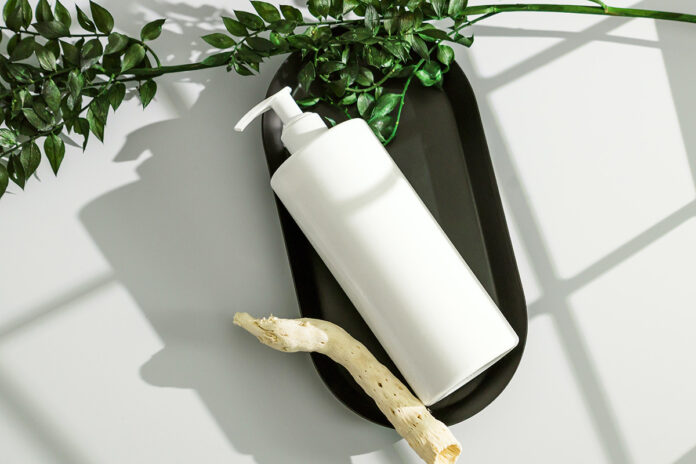
Lather. Rinse. Repeat. It’s the standard operating procedure which begins most people’s showers on an almost daily basis. But did you know that this might be bad for your hair? According to the advocates of the “no-poo” movement, modern day shampoos (and most accompanying conditioners) are absolutely terrible for your tresses.
“No-poo,” to put it simply, is short for “no shampoo.” (Yes, that’s really what it’s getting called: there’s an alternative referred to as “co-washing” for “washing with conditioner,” but no-poo is more fun to say). It’s a radical challenge to the status quo which believes that the foaming, sulfate-and-surfactant-filled detergent shampoos which the vast majority of consumers use are actually stripping away your hair’s natural moisture. This, advocates insist, leads to breakage. Breakage leads to split ends. And split ends lead to suffering.
Below, we’ll discuss some of the methods and tactics which no-pooers and co-washers use in order to keep their hair soft, shiny, clean, and breakage free. Keep in mind, though, that going no-poo isn’t for the impatient or the faint of heart. It can take a couple of weeks or more before your scalp adjusts to your new beauty regimen – but those who support the movement insist that it will be worth it in the long run.
Is No-pooing for Everyone? Are there Hair Types who shouldn’t No-Poo?
According to those in the no-poo community, the harsh chemicals in shampoo strip so much of the natural oils out of your hair that your scalp over-compensates by producing more natural oils. This can leave your scalp and roots looking and feeling extremely oily in as little as 24-48 hours post-shampoo.
Of course, if your hair has any sort of texture to it, there will be a much longer lag time between when your freshly shampooed hair needs a wash. This can last up to a week or more. If you have kinky, wavy, textured, or naturally curly hair, you can benefit the most from putting the shampoo away – especially if you decide to co-wash.
In truth, though, anyone can try a no-poo haircare regimen. Even if you have fine, limp hair, hair that is resistant to breakage, or use a lot of styling products, giving up conventional shampoo won’t sentence you to a lifetime of greasy hair. You just have to find the no-poo strategy that works with your hair type.
3 Ways to Clean Your Hair Without Shampoo
If you’re ready to tell your shampoo bottle that your scalp wants to start seeing other people, there are a few different tactics you can use. These will keep your hair clean, soft, and shiny, with little-to-no additional cost to your wallet.
- Co-Washing. As discussed earlier, you can try “washing” your hair with conditioner instead of an oil-stripping shampoo. Just scrub your roots and scalp the way you normally would with a shampoo. No, the conditioner won’t lather up (no matter how hard you scrub), but it will stimulate blood flow to your hair follicles. This, in turn, can help you grow stronger, longer hair. And once you aren’t stripping your roots and scalp of precious sebum daily, your scalp won’t over-produce the oils that make your hair look greasy.
- Baking Soda + ACV (Apple Cider Vinegar). If you’re jumping from shampooing daily to giving it up cold-turkey, this might be the best method for you. Mix in 1 tablespoon of baking soda in 1 cup of water until the mixture is cloudy, but not gritty (add more water if it is). Slowly pour it into your scalp and work it through with your fingers until your roots are saturated. Then rinse. After, assuming you aren’t too attached to spending $20+ on expensive salon conditioners (or if your normal conditioner is leaving your hair too greasy), rinse with ACV instead. Follow the same recipe as before (1 tbsp ACV to 1 cup water) and slowly rinse it through your hair, from roots to tip. Rinse thoroughly. There may be a little bit of a smell, but it should evaporate once your hair dries. If it doesn’t, try adding honey and/or some essential oils to the ACV mixture.
- Wash your hair with water only. If the baking soda method is too drying, you might want to try just washing your hair with water alone. Use warm water, but don’t let it get too hot (that can dry your tresses out and cause damage). Scrub your scalp with your fingers, and rinse thoroughly. This method might take the longest to see substantial results, but after a couple of weeks, you should notice a difference.
So next time you take a shower, save some money and give a shampooless shower a shot! A little experimenting might show you how much healthier your hair can be!






